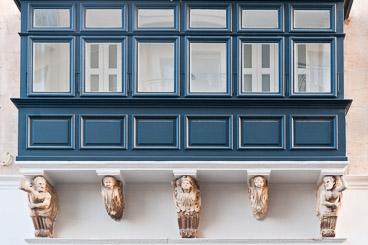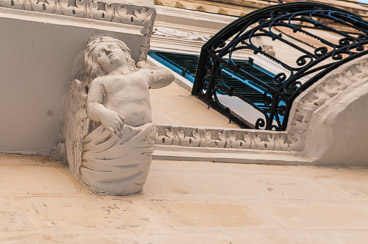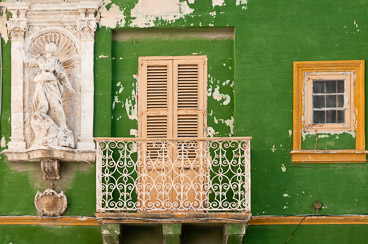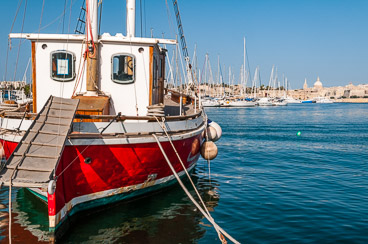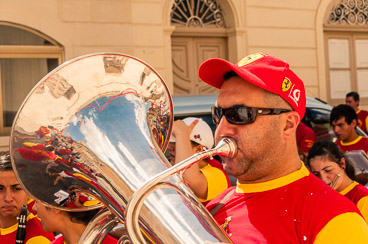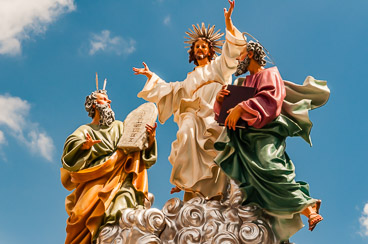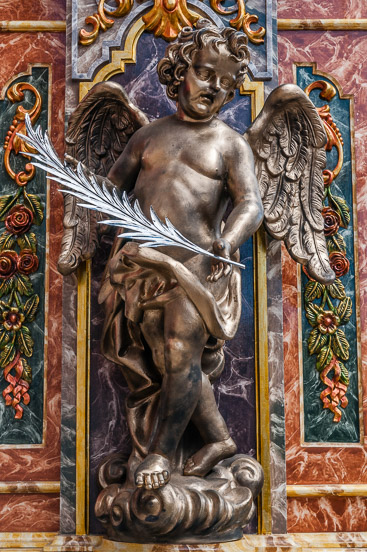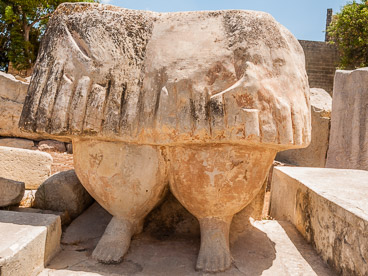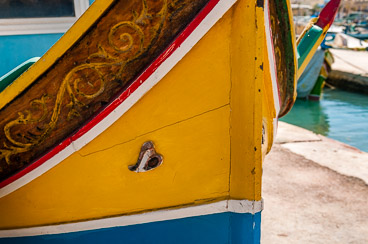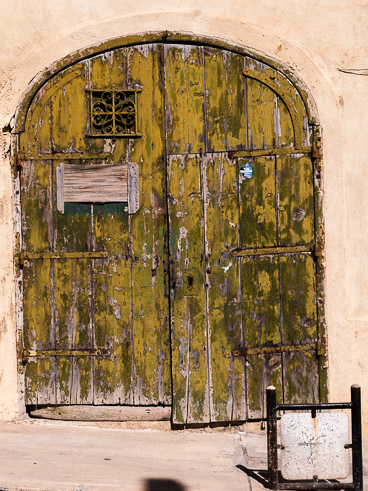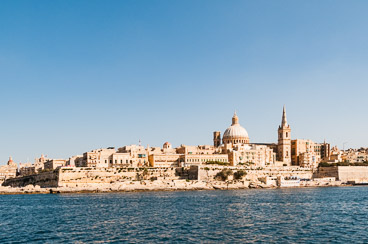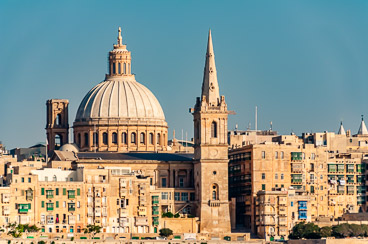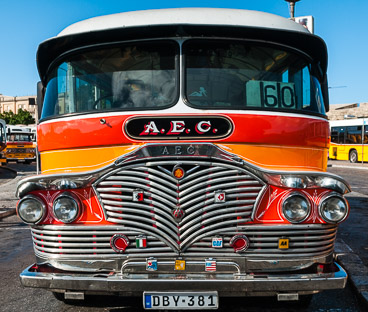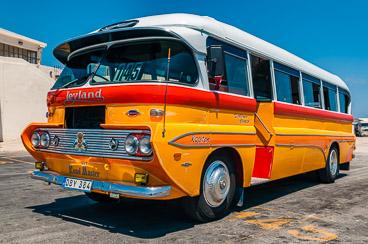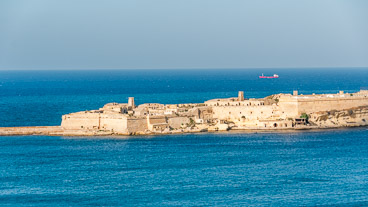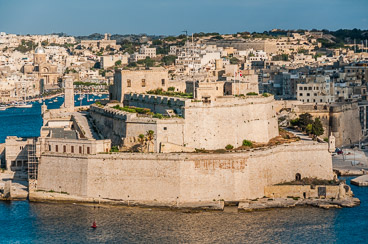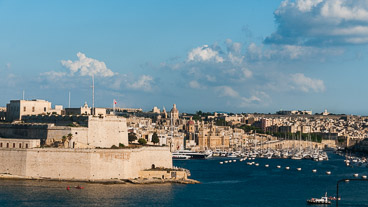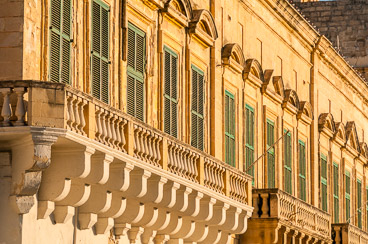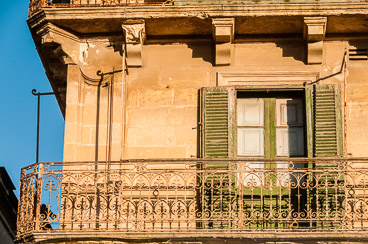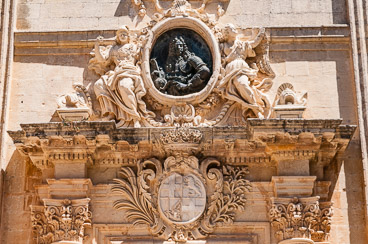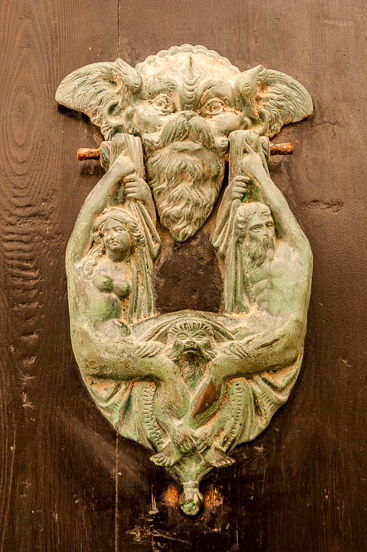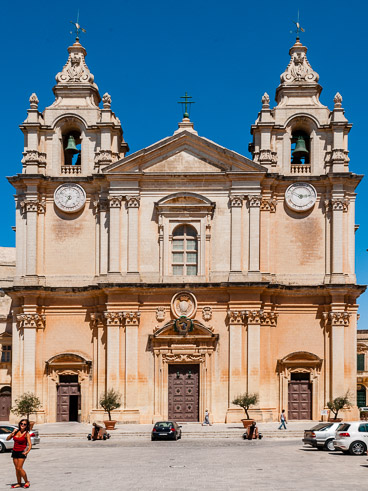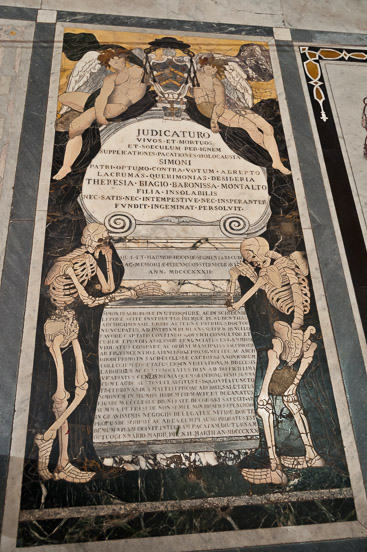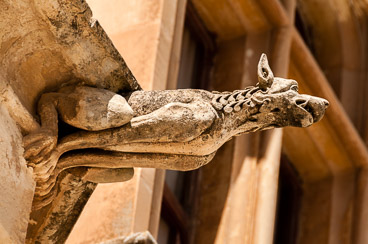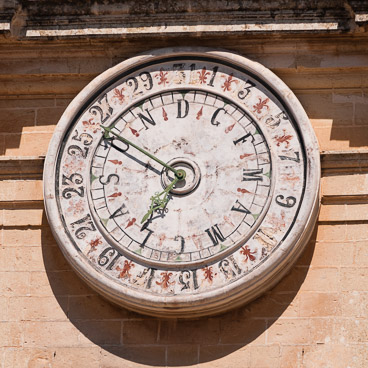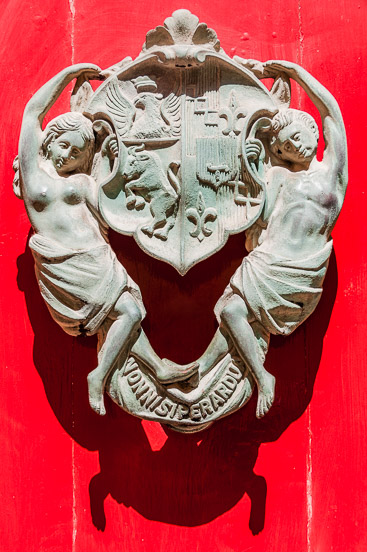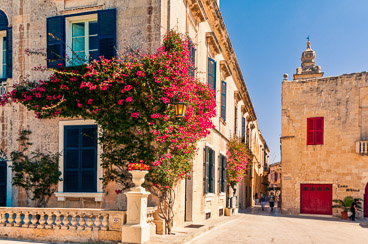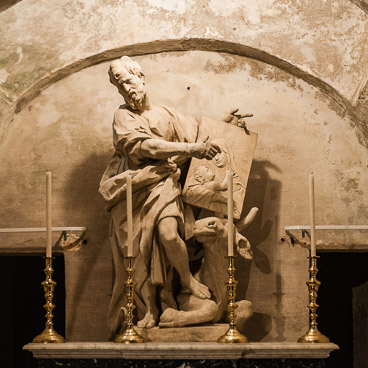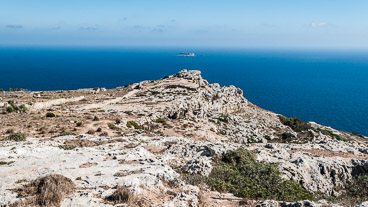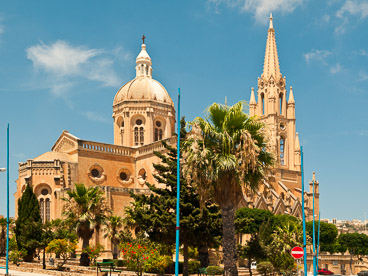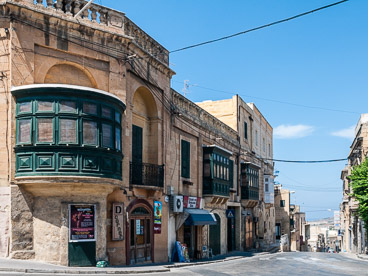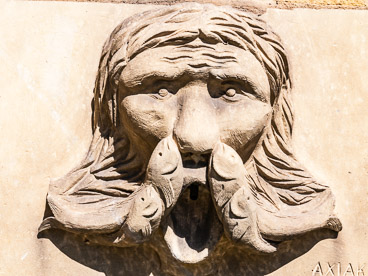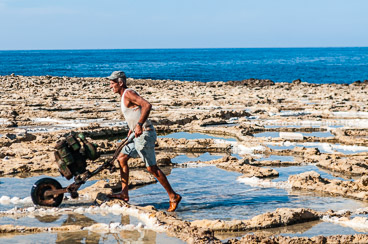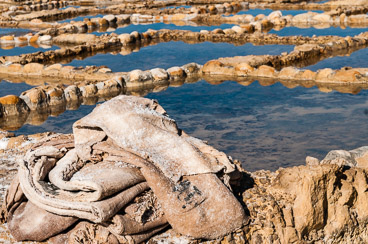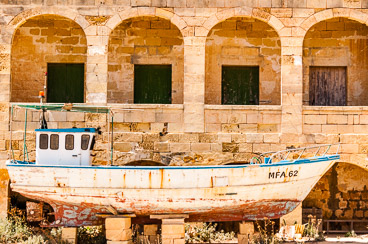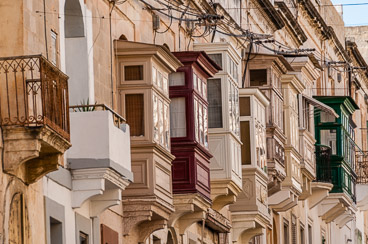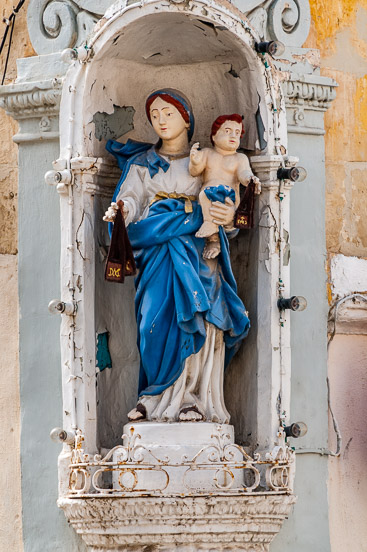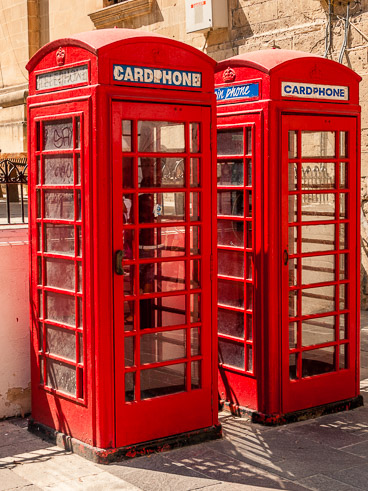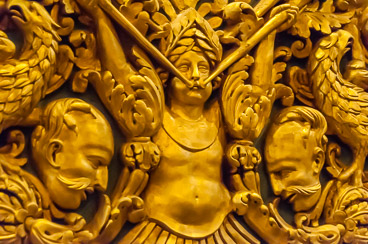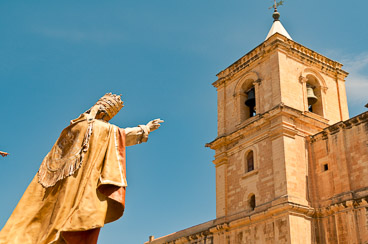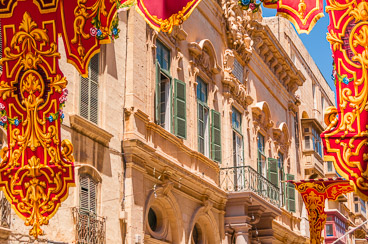Malta, an island in the Mediterranean sea with a very rich history thanks to a strategic location. Malta has been ruled by Phoenicians, Greeks, Romans, Fatimids, Sicilians, Knights of St John, French and British. And before all that there is evidence of habitation going back to 4000 BC. The history left Malta with a strong Christian legacy, with lots of churches, celebrations and colorful decorations.
Sliema
A city on the northeast coast of the island opposite Valetta. In fact there are several cities that interconnect as one build up area as most of this part Malta seems to be. A touristy and build-up area that nevertheless in some parts has preserved the charm of the fishing village it once was.
Valetta
The capital and a beautiful old city in a fort. The historical cuty contains buildings from the 16th century onwards, mostly baroque in character with some neoclassical elements. In 1980 the City of Valetta became a UNESCO World Heritage Site. This led to a lot of extra tourism, with Unesco-Heritage-designer bags-and McDonalds-shopping-streets.
Mdina and Rabat
Mdina is the old capital, a medieval walled city. Mdina actually is quite a nice place to wander a few hours. It has nicely restored houses in the centre. And St Pauls Cathedral is a baroque church with an octagonal dome leading to a neat lantern. The colorful tiled floor features some rather explicit grave. Close to Mdina is Rabat, that is famous for it's catacombs and st Pauls grotto, where this apostle is supposed to have taken refuge here after a shipwreck.
Gozo
Malta is three islands. Malta and Gozo are inhabited. The third island. Comina only has one hotel and lots of day trippers at a few m2 of sandy beach. You enter Gozo through Ghajnsielem, a small city with a huge church. The island of Gozo has little real attractions, but is nice for a short visit. The main town, Victoria, and Marsalok bay were salt is harvested are the places to visit.

